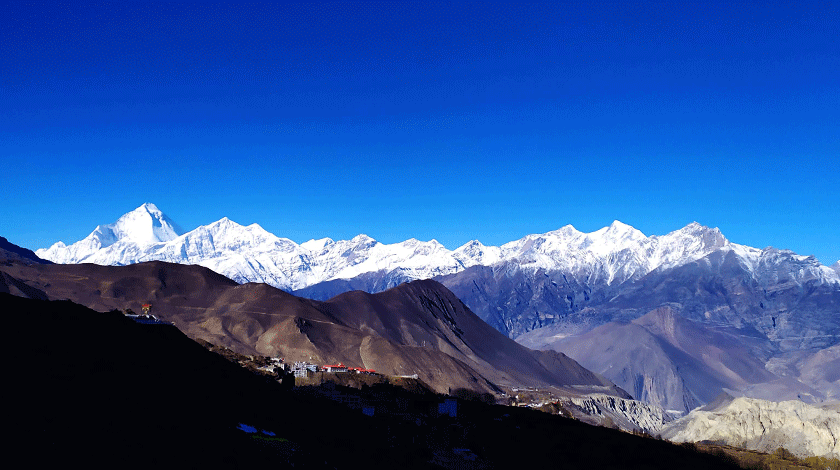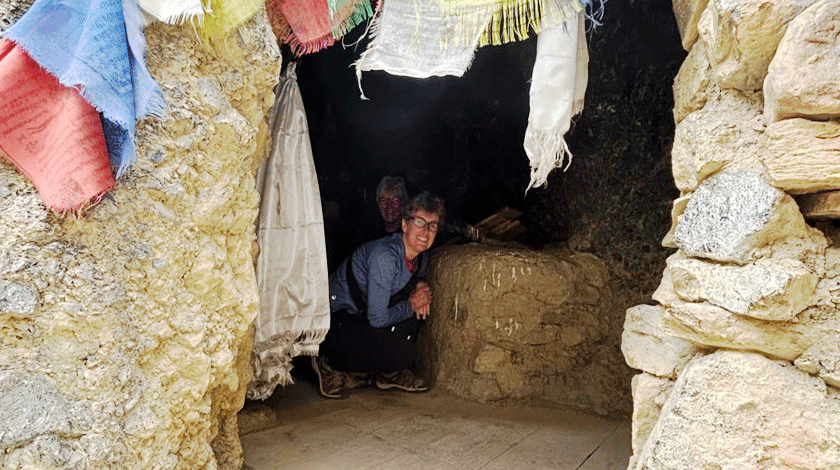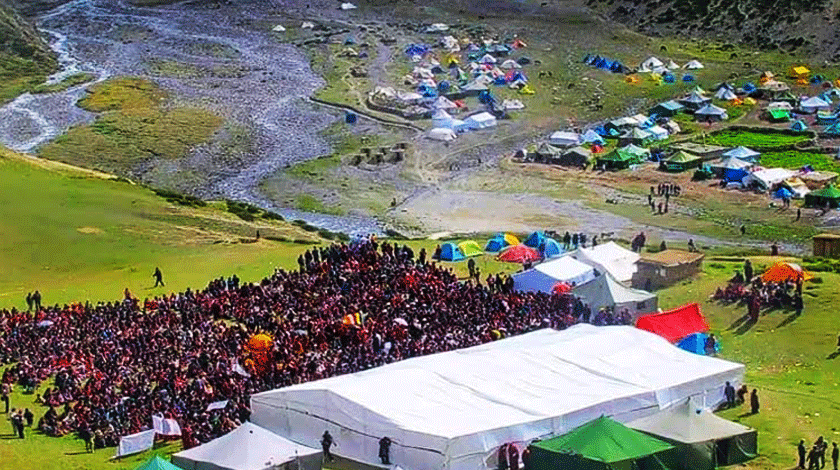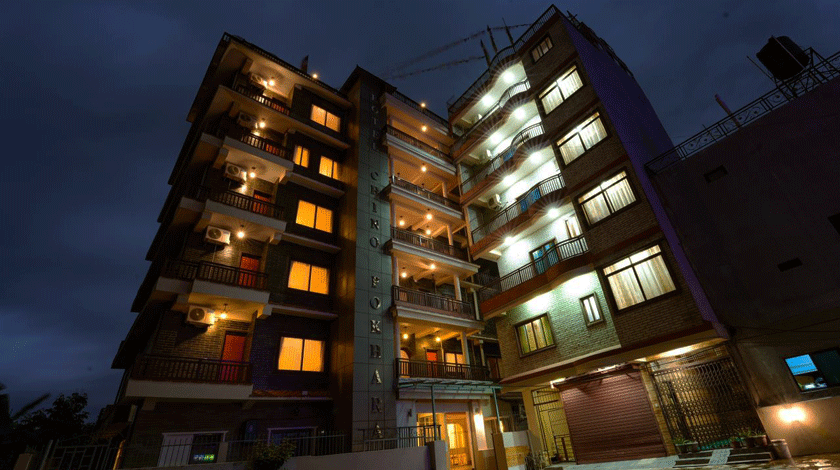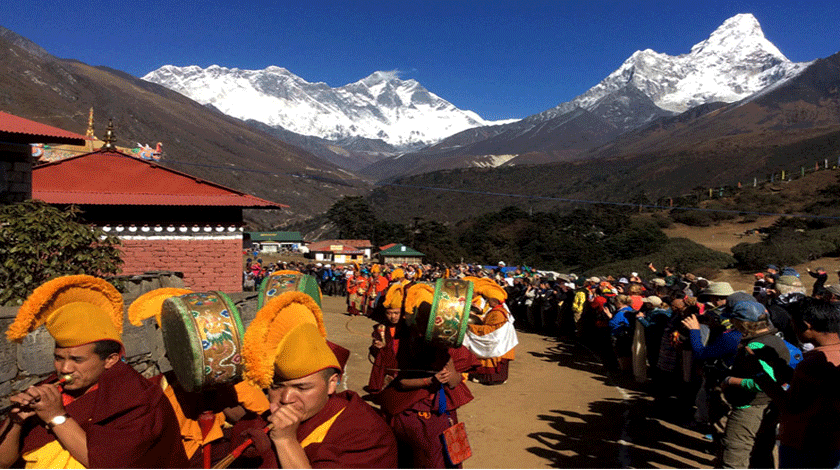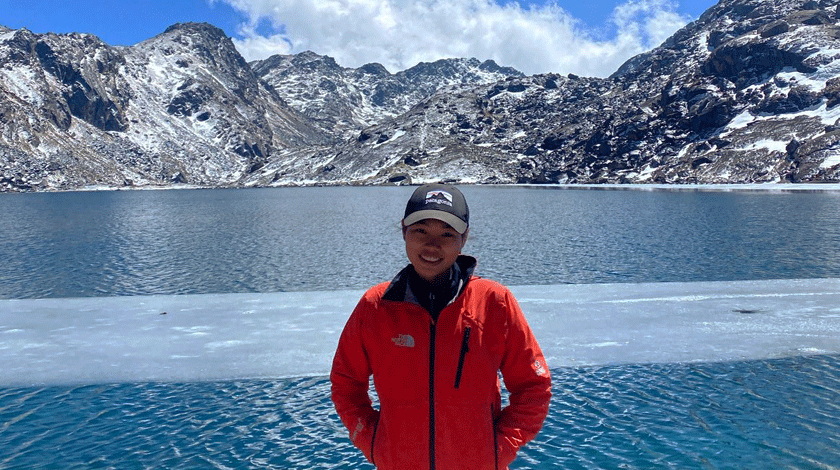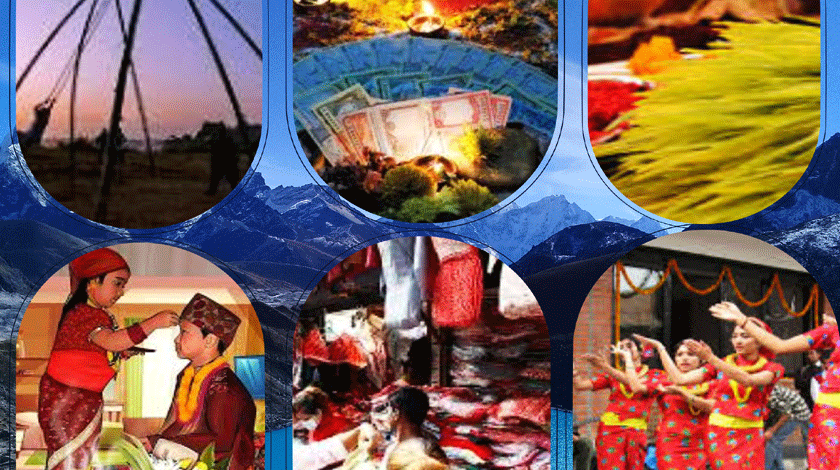Mandatory to hire guide for trekkers
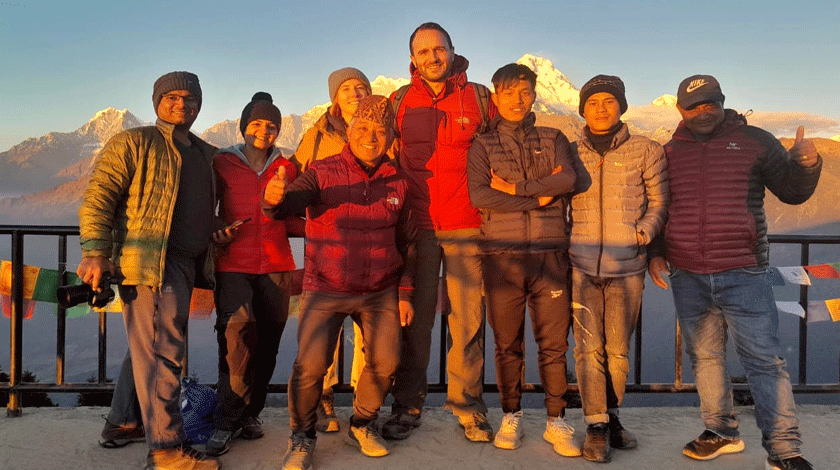
The Mandatory Requirement of Hiring a Guide for Trekkers in Nepal
Nepal, a land of breathtaking landscapes and awe-inspiring Himalayan peaks, has long been a paradise for trekkers and adventure enthusiasts from around the world. However, with the increasing popularity of trekking in this region, the government of Nepal has implemented a mandatory requirement for trekkers to hire licensed guides. This rule, in effect since April 1st, aims to enhance the safety and security of trekkers in Nepal’s renowned trekking destinations. This article explores the reasons behind this mandate, the benefits it offers to both trekkers and the local economy, and how trekkers can obtain the necessary permits and services.
The Safety Imperative
The primary motivation behind the government’s decision to make hiring a licensed guide mandatory for trekkers in Nepal is safety. Nepal’s rugged terrain and high-altitude trekking routes can pose significant risks to those who are inexperienced or unprepared. In the past, there have been unfortunate incidents and accidents involving trekkers, often resulting from a lack of knowledge and experience in trekking.
Licensed guides play a crucial role in ensuring the safety of trekkers. They undergo comprehensive training programs and hold government-issued licenses, which attest to their expertise in handling emergencies such as altitude sickness, injuries, and other trekking-related issues. These guides possess expertise in the terrain, local customs, and traditions, rendering them invaluable sources of information and assistance throughout the trek.
Moreover, trekking in Nepal’s Himalayan region can be physically demanding due to the high altitudes and challenging trails. The presence of a licensed male or Female guide can be a lifesaver, as they can provide guidance on acclimatization, recognize the signs of altitude sickness, and take appropriate action to prevent or manage it. This level of expertise significantly reduces the risks associated with high-altitude trekking.
Enriching Cultural Experience
Beyond safety concerns, hiring a licensed guide enhances the overall trekking experience by providing trekkers with cultural insights and local knowledge. Nepal is a country rich in diverse cultures, languages, and traditions. Trekking through various regions of Nepal offers a unique opportunity to immerse oneself in the local way of life.
Licensed guides, often hailing from the same regions they guide in, can serve as cultural ambassadors, bridging the gap between trekkers and the local communities. They can explain the significance of religious sites, share stories about the region’s history, and facilitate interactions with local people, allowing trekkers to gain a deeper understanding of the places they visit.
Environmental Stewardship
In addition to safety and cultural enrichment, licensed guides play a crucial role in promoting responsible and sustainable trekking practices. Typically, they are well-informed about the Leave No Trace principles, which emphasize minimizing environmental impact while trekking. Guides can educate trekkers on responsible waste disposal, the importance of preserving natural habitats, and respecting wildlife.
Moreover, licensed guides are often involved in local conservation efforts and community development projects. By hiring a licensed guide, trekkers contribute directly to these initiatives, which aim to protect the fragile ecosystems of the Himalayan region and improve the livelihoods of local communities. Our guides are stationed in Lukla for treks in the Everest area and in Pokhara for Annapurna region treks.
Economic Benefits for the Local Community
The mandate to hire licensed guides not only benefits trekkers but also has a significant positive impact on the local economy. Nepal’s trekking industry is a vital source of income for many communities in rural areas, where alternative employment opportunities are limited.
When trekkers hire licensed guides and porters, they directly contribute to the income of local families and communities. This income helps improve the standard of living in these regions, providing access to education, healthcare, and other essential services. Furthermore, the demand for licensed guides creates jobs within these communities, reducing the need for migration to urban centers in search of employment.
By choosing to trek with licensed guides, trekkers become active participants in Nepal’s economic development, supporting sustainable tourism practices that benefit both the traveler and the host community.
Online TIMS Permits
To ensure compliance with the mandatory guide requirement and to manage trekking permits more efficiently, Nepal has introduced the digital Trekkers’ Information Management System (TIMS) permit. This digital system replaces the previous paper-based permit system and simplifies the process for obtaining online trekking permits.
Obtaining a digital TIMS permit is a straightforward process. Trekkers must contact a local trekking agency authorized by the Nepal Tourism Board to facilitate the application. These agencies are well-versed in the permit application process and can assist trekkers in completing the necessary paperwork.
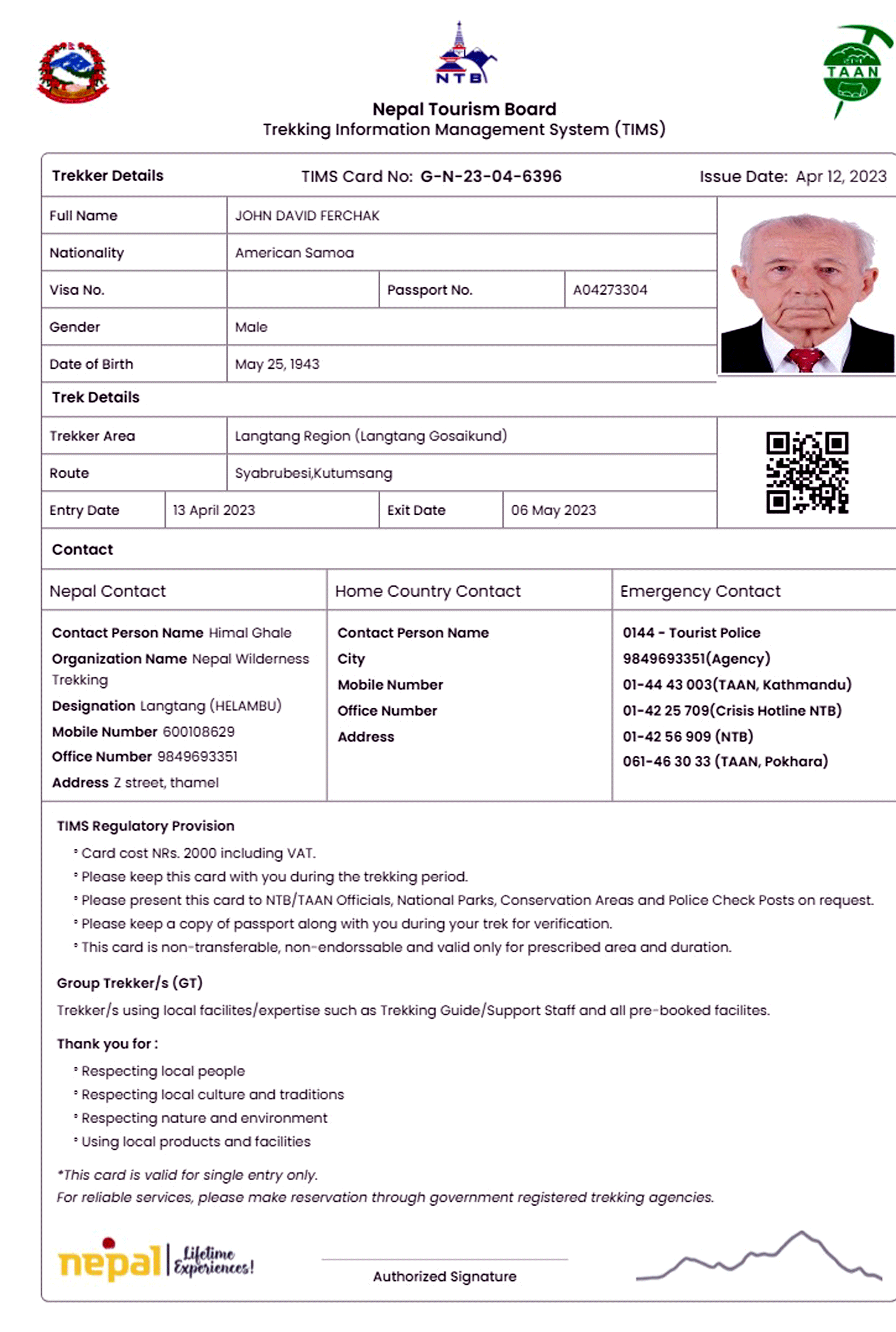
Nepal Wilderness Trekking Pvt Guide Team
For trekkers seeking expert guidance and support, the Nepal Wilderness Trekking Pvt Guide Team offers a reliable and knowledgeable team of guides and porters. Whether you plan to trek in the Everest, Manaslu, or Annapurna regions, their experienced team can enhance your trekking experience.
Guide for Everest Region: Enhancing Your Trekking Experience
Guide for Everest Region: Hiring a guide and porter for trekking in the Everest region is a wise decision, as it can significantly enhance your overall trekking experience. The Everest region, home to the world’s highest peak, Mount Everest, offers trekkers unparalleled beauty and adventure. However, its challenges, including high altitudes and unpredictable weather, make it essential to have an experienced guide by your side.
Expert Guidance for Everest Trekkers
For trekkers planning their journey in the Everest region, the Nepal Wilderness Trekking Pvt Guide Team provides expert guidance. Their experienced guides are intimately familiar with the terrain, ensuring your safety and well-being throughout the trek. By hiring a guide in this region, you not only enhance your safety but also gain insights into the local culture and traditions.
Guide for Manaslu Region:
The Manaslu region, with its pristine landscapes and cultural richness, is a trekker’s paradise. However, the remote nature of this area makes hiring a local guide even more crucial. restricted are Permit require with A licensed guide can provide trekkers with valuable knowledge about the culture, history, and environment of the region.
For those embarking on the Manaslu circuit trek, the Nepal Wilderness Trekking Pvt Guide Team is ready to assist. Their knowledgeable guides are equipped to ensure your safety and comfort throughout the journey. Beyond safety, they offer a deeper connection to the culture and heritage of the Manaslu region, enriching your trekking experience.
Guide for Annapurna Region: The Annapurna region boasts a variety of trekking options, from the popular Annapurna Circuit to shorter, more accessible routes. Regardless of the specific trek you choose, it is highly recommended to hire a guide for a more enjoyable and secure experience.
When trekking in the Annapurna region, consider the expertise of the Nepal Wilderness Trekking Pvt Guide Team. Their guides are well-versed in the region’s trails, culture, and traditions, ensuring you make the most of your Annapurna trek. By hiring a guide here, you can transform your trek into a memorable and fulfilling adventure.
Costs and Considerations
While the benefits of hiring licensed guides are evident, it’s essential to understand the associated costs and considerations. The fees for guides and permits can vary based on factors such as experience, skill set, trekking region, duration, and difficulty level. However, it’s important to note that the permit costs remain consistent across trekking regions, as mandated by the government.
Here is a breakdown of the typical costs involved:
Trekking Guide Wages:
The daily wage for a trekking guide typically ranges from $30 to $35 per day, depending on their experience and expertise. This fee covers not only their guidance but also meals, accommodation, insurance, and equipment.
Porter-Guide Wages:
For trekkers who require both guiding and porter services, the daily wage for a porter-guide is approximately $25 per day. This includes the same services as for a trekking guide.
Porter’s Wages:
If you choose to hire a porter to carry your belongings, their daily wage is typically around $22 per day. Like guides and porter guides, this fee includes meals, accommodation, insurance, and equipment.
TIMS Permits:
The digital TIMS permit costs $20 per person. This permit is a mandatory requirement for all trekkers and allows for tracking and management of trekking activities.
ACAP Permit:
The Annapurna Conservation Area Project (ACAP) permit costs $30 per person. This permit is required for treks in the Annapurna region and contributes to conservation efforts in the area.
National Park Permits:
For treks in national parks, a permit fee of $30 per person is applicable. This fee helps fund the preservation of Nepal’s natural treasures.
One-time Official Services Charge and Government Tax:
Trekkers are subject to a one-time official services charge and government tax of $30 per person. This fee goes toward various administrative costs associated with trekking.
It’s important to budget for these costs when planning your trek in Nepal. Keep in mind that the fees contribute to the preservation of Nepal’s natural and cultural heritage, as well as the livelihoods of local communities.
Enhancing Trek Safety and Quality with Licensed Guides
Trekking in Nepal is an adventure like no other, offering stunning landscapes, rich cultures, and unparalleled experiences. The mandatory requirement to hire licensed guides enhances the safety and quality of treks in this region. These guides not only ensure the well-being of trekkers but also provide valuable insights into the local culture and traditions.
Enhancing Trek Safety and Quality with Licensed Guides
In conclusion, while the mandate to hire licensed guides and obtain permits may increase the cost of trekking in Nepal, it guarantees a safer and more enriching trekking experience. By choosing to trek responsibly, trekkers can contribute to the preservation of Nepal’s natural beauty and the prosperity of its people. So, when you plan your next trek in Nepal, remember the significance of hiring a licensed guide and embarking on a journey that respects both nature and culture. For more information about your guide and to book your trip with her, please click here.


